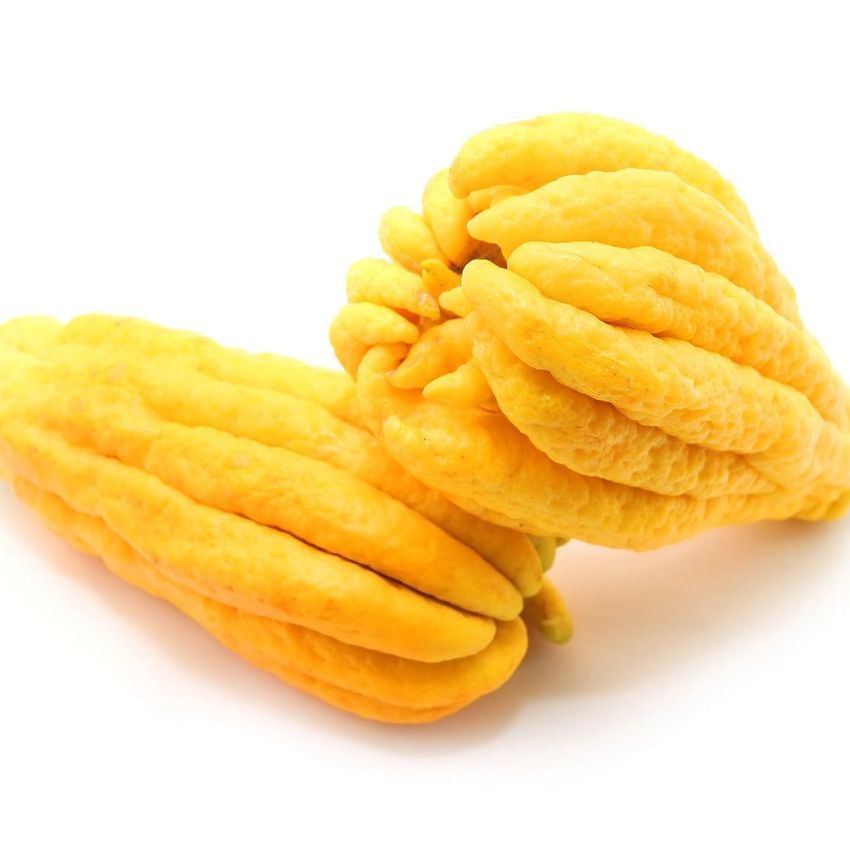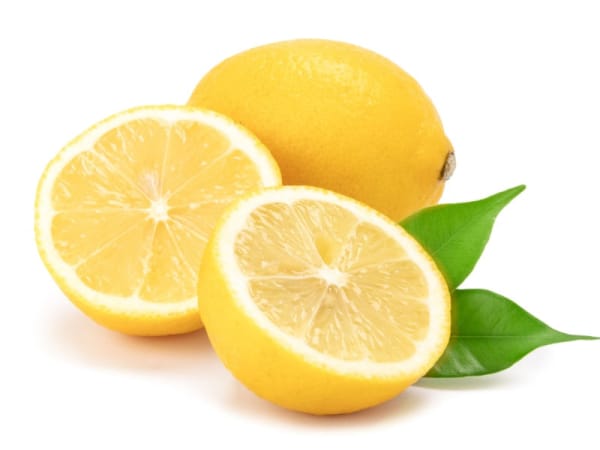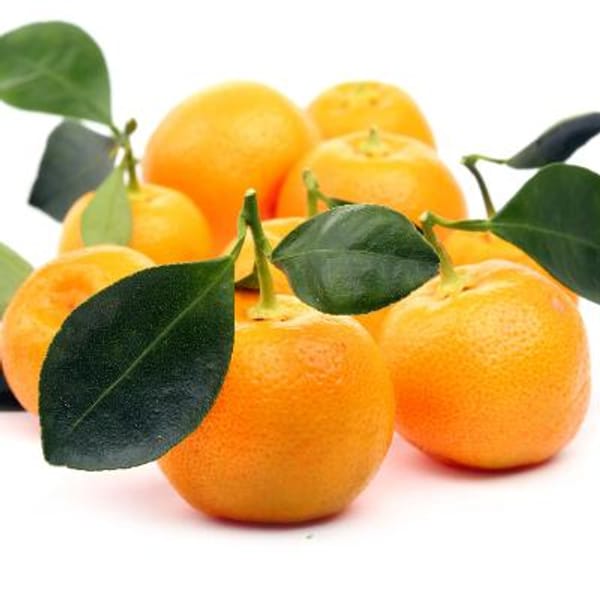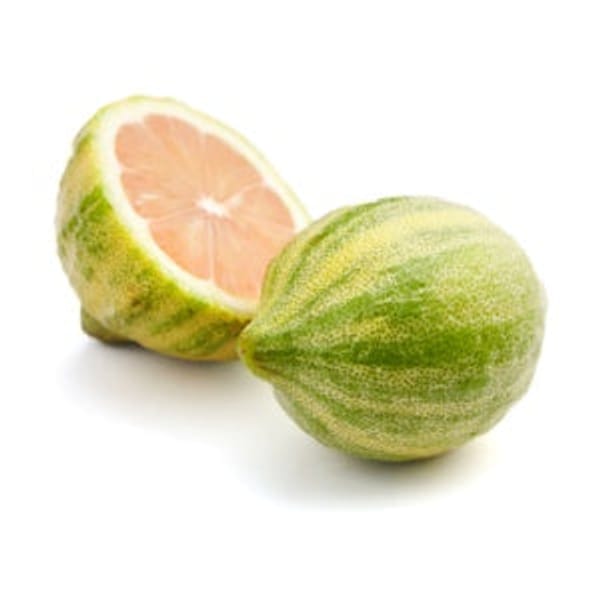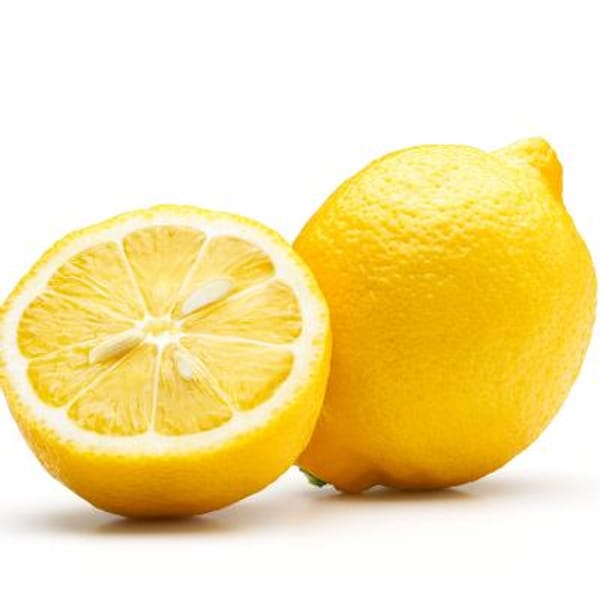- Buddha's Hand got its name because its fruit forms finger-like sections resembling a human hand.
- Buddha's Hand Citron is much esteemed for its delicate lemon fragrance in China and Japan.
- The fruit has virtually no pulp, but can be sliced and candied in syrup.
- The Buddha's Hand tree is extraordinary as an evergreen ornamental with multiple "hands" hanging from the branches.
- This variety has no frost tolerance.
- Grown from rooted cuttings
- Self-fertile
- Best for Zones 10-11
- For Zones 4-9, you can grow this tree in a pot and bring it indoors for the winter.
- Height at maturity: 8-10' in the ground/ 4'-8' in pots
- By law, we cannot ship citrus trees to Alabama, Texas, Arizona or Florida.
Read: The Differences Between Rooted Cuttings and Grafted Citrus Trees
Lee nuestra guía aquí : Guia de cultivo para citricos
Get in the know about HLB(Huanglongbing / Citrus Greening Disease) and help save your community's citrus. Only source citrus trees from reputable growers.
SAVE ON SHIPPING: We can now ship potted fruit trees in MULTIPACK BOXES. Order as a 3-pack or 6-pack to save on the cost of shipping! This includes ALL PRIMO and ENTRY sized citrus, olive, fig, avocado trees and passion vines. Please note: Premium sized citrus trees are shipped in their own box.

